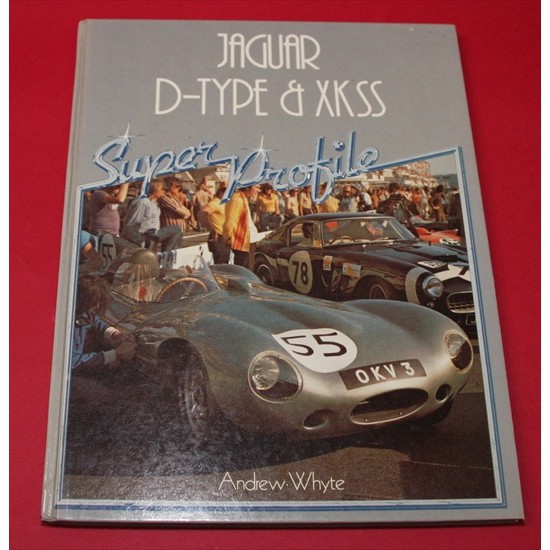
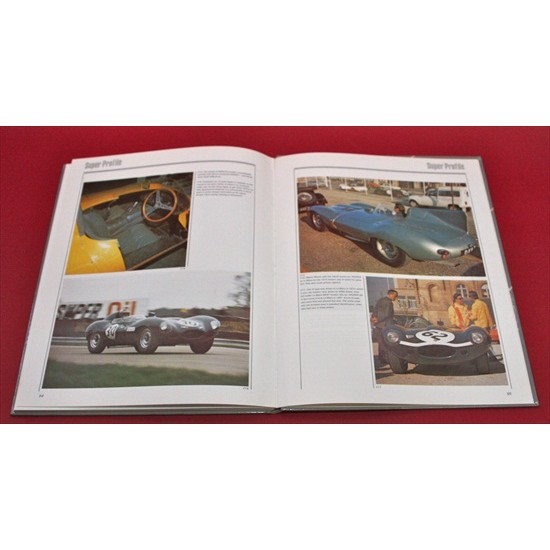
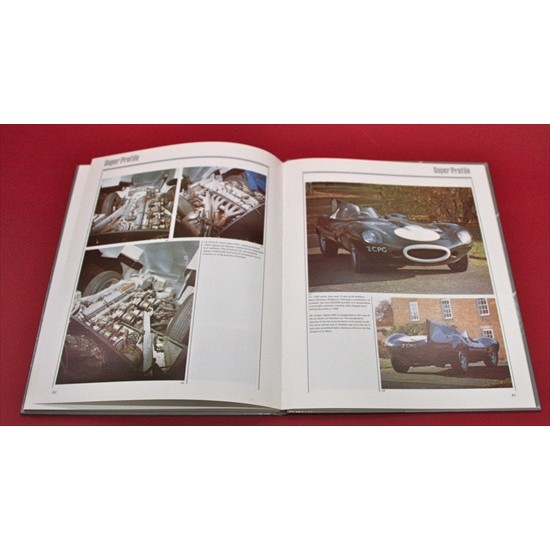
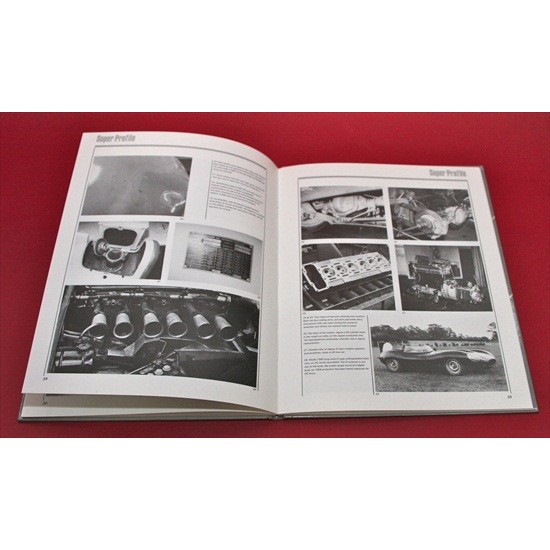
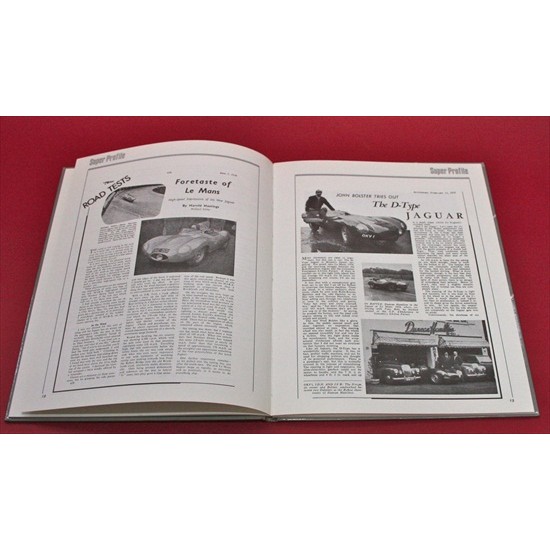





- Stock: In Stock
- Author: Andrew Whyte
- ISBN: 854293712
- Publisher: Haynes
- Publication Year: 1983
- Edition: 1st Edition
- Revised: No
- Reprint: No
- Language: English
- Pages: 56
- Illustrations: Colour and Black and White
- Format: Hardback - Published Without Dustjacket
- Condition Book: Fine
- Dimensions: 215.00mm x 275.00mm
- Location: SHOW
The D type Jaguar has a very special place in history. Firstly it was built for a specific purpose, and its achievement of the objective was quite outstanding. It was designed to carry on where the C type left off — as a Le Mans winner par excellence. The D type won three times in a row, and became an instant "classic". Its comparative lack of success elsewhere serves to emphasise Jaguar's singleness of purpose when creating it. Secondly the D type showed that, in the 1950s, the development of automobile engineering was still at a stage where the competition car of the day led logically to the road car of the morrow (the E Type). Thirdly, it is generally agreed that its exquisite lines make the D-type a contender for the "most beautiful car" stakes. This has led not only to high prices and superb standards of restoration, but also to the manufacture of two series of modern cars, looking so similar to the original that they can be mistaken for it at first glance. It has even led to the construction of complete cars very nearly to original specification. One of the chief tasks of this book is to help clarify the various versions of the D type and its more modern "lookalike" equivalents. In a sense, the D type is an easier car than some to deal with, because the origin of each car is known. Recent history can be another matter, and the only general advice for the researcher is to establish facts as far as possible, before declaring it as such. Even the interchange of parts between works cars, all those years ago, has led to doubts over identity today. Another important point to remember is the ease with which myths may be perpetuated. No book can be used as a complete guide for D type buyer, but it is hoped that this one will provide some useful points of reference. In this Super Profile, there can also be found a list of every D type, together with the comments of the most active restorer, Guy Black, and Andrew Whyte. Period Road Test reports have also been reprinted from The Motor, The Autocar and Autosport Magazines.










